Due to coronavirus, Pride parades across the UK which would usually take place in June or July have been cancelled or postponed indefinitely. This means that while we don’t have an excuse to bathe ourselves in glitter, we can reflect on the history of Pride in the UK and use this to make next year’s parades even more meaningful.
Pride parades throughout the world largely occur at the end of June due to the Stonewall Riots, one of the most publicised uprisings by the LGBTQ community against American authorities. On June 28, 1969, police raided the Stonewall Inn, a gay club in Manhattan. Protests started when the patrons fought back. Led largely by black and Latinx drag queens and trans women, the LGBTQ community clashed with the police through the night and the rest of the week. This gained media attention both in America and across the world.
 Even though no-one died at Stonewall (despite some claiming otherwise) the first Pride parade was held in New York on June 28, 1970 to commemorate the riots. It was named the Christopher Street Liberation Day after the street the riots took place on. This was not the party that many of us now view Pride as; rather, it was a sombre reminder of the constant persecution the LGBTQ community faced in the USA.
Even though no-one died at Stonewall (despite some claiming otherwise) the first Pride parade was held in New York on June 28, 1970 to commemorate the riots. It was named the Christopher Street Liberation Day after the street the riots took place on. This was not the party that many of us now view Pride as; rather, it was a sombre reminder of the constant persecution the LGBTQ community faced in the USA.
The Pride march in London began in 1972, and was held on the 1st July, the closest Saturday to the anniversary of the Stonewall Riots. Today, Pride London is still held on the closest Saturday to Stonewall’s anniversary. Pride in London was organised by the newly formed Gay Liberation Front (GLF). The London branch of the GLF was inspired by the Black Panther Movement, after the founders attended the Black Panther’s Revolutionary Peoples’ Convention – where, for the first time, an invitation was extended to delegations from the movements for women’s and gay rights.
From the basement of the London School of Economics, the GLF organised the first UK Pride parade. This was an attempt to make queer people visible and to demand LGBTQ liberation. At that time, most queer people were closeted and homosexuality was still classified as an illness, despite the Sexual Offences Act 1967 legalising homosexual acts between men over the age of 21 (not 18).
Despite intimidation from members of the public and the police, the first UK Pride march was a carnival-style parade with many dressing in drag. Banners were flown, such as those mocking Conservative figures such as Mary Whitehouse, or bearing the slogan “Gay is Good”. Many saw the parade as the queer equivalent of the civil rights marches in America. Here the first ever copies of Gay News were sold, highlighting attacks on the LGBTQ community. The parade ended with a “kiss-in” in Trafalgar Square.
The first UK Pride parade was attended by just 2000 people, but over the last five decades Pride in the UK has grown exponentially. It spread not only in London, but across the UK to all major cities, with even St Andrews hosting a Pride parade. With this growth comes more queer visibility in the media and wider society – but has Pride lost its function as a means of protest?
With more celebrities coming out as gay and acceptance of homosexuality increasing in the West, companies and advertisers have discovered the gay economy and the “pink pound”. This has resulted in an increasingly commercialised Pride. Individuals can no longer apply to march in the London parade (the largest in the UK), only organisations can, and there is now an entrance fee to participate in the march. Modern Pride definitely has a sense of celebration, but it has lost the sense of protest which was at the heart of the original marches.
So should Pride parades be protests, or should they be colourful celebrations?
We should remember that the march towards equality is not over. Although LGBTQ people may have largely achieved legal equality in Britain, the community still faces widespread discrimination. This is particularly true for the trans, non-binary and BAME queer communities.
According to Stonewall, the largest LGBTQ charity in the UK and Europe,
- Two in five trans people have experienced a hate crime or incident because of their gender identity in the last twelve months.
- Two in five LGBTQ students (42%) have hidden their identity at university for fear of discrimination.
- One in eight black, Asian and minority ethnic LGBTQ employees (12%) have lost a job in the last year because of their identity, compared to 4% of white LGBTQ staff.
- One in ten black, Asian and minority ethnic LGBTQ staff (10 per cent) have similarly been physically attacked in the workplace because of their sexual orientation and/or gender identity, compared to 3% of white LGBTQ staff.
 Clearly, there is still progress to be made. Therefore while Pride parades should be a celebration of queer culture and LGBTQ identity and visibility, we should also look back to the first Pride and the political messages at its core. Hopefully, Pride parades will be able to take place next year, both in St Andrews and across the UK. Then in keeping with the first Pride march, we should remember:
Clearly, there is still progress to be made. Therefore while Pride parades should be a celebration of queer culture and LGBTQ identity and visibility, we should also look back to the first Pride and the political messages at its core. Hopefully, Pride parades will be able to take place next year, both in St Andrews and across the UK. Then in keeping with the first Pride march, we should remember:
‘Say it Clear, Say it Loud; Gay is Good, Gay is Proud!’
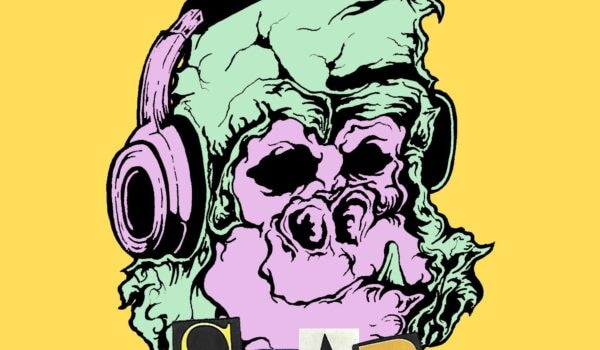
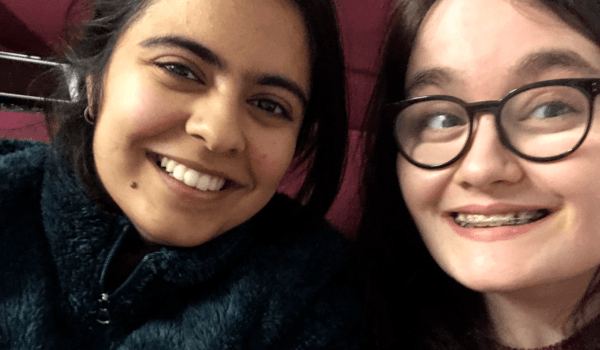

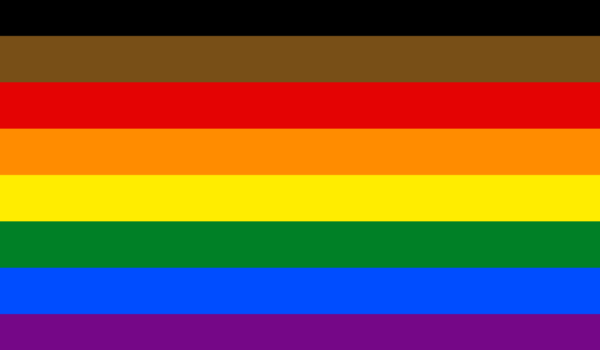


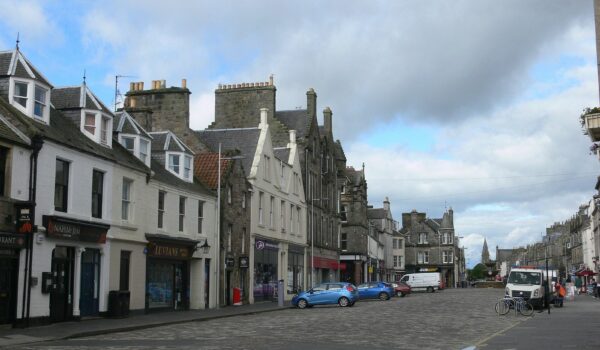

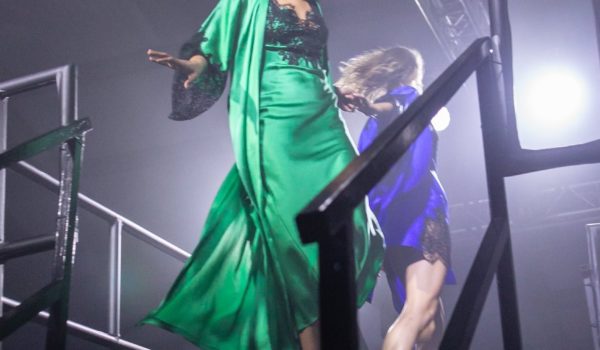
Comments